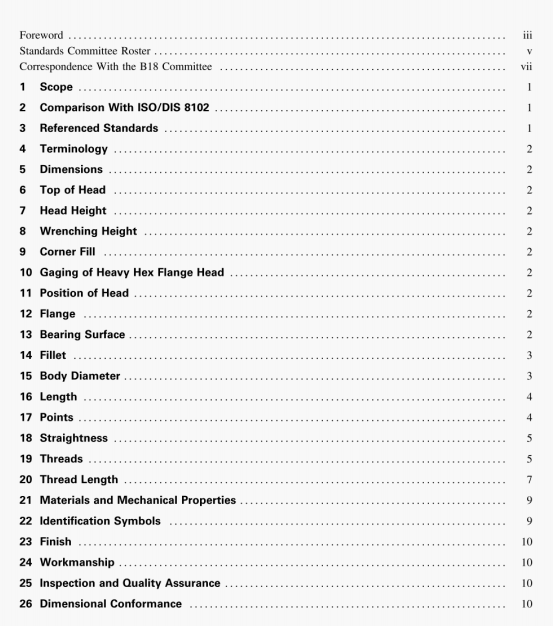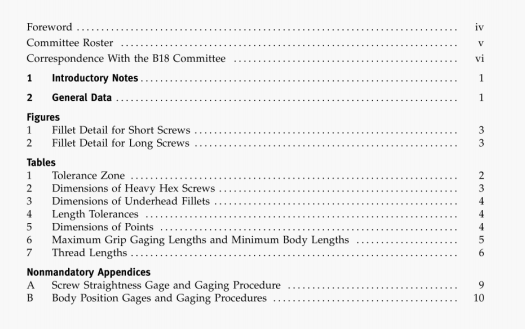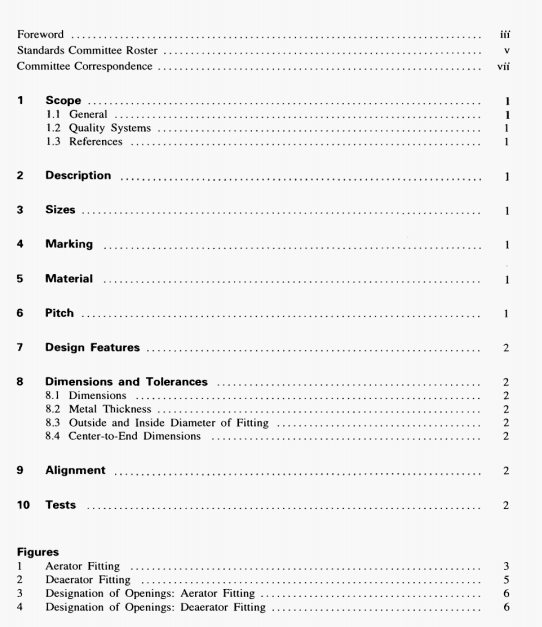Abstract: ASME PTC 30.1:2007 pdf download.Air-Cooled Steam Condensers. nianual recording sislem: a system by which substantially all the measurements are observed and recorded manually in a test log, even if they are later entered into a computer for...
ASME PTC 30.1:2007 pdf download.Air-Cooled Steam Condensers.
nianual recording sislem: a system by which substantially all the measurements are observed and recorded manually in a test log,
even if they are later entered into a computer for data reduction and analysis.
margin: the positive or negative limit surrounding an desired value, in which an acceptable result may lie.
measurement error: the true, unknown difference between the measured value and the true value.
measurement uncertainty: estimated uncertainty associated with the measurement of a process parameter or variable,
niechanical draft: a type of ACC in which the air flow is effected by fans. In the typical ACC, these are motor- driven axial fans.
multi party test: performance test for an ACC where the results of the test are the substance of a contract. Tvpically, the parties are the Vendor and the Owner of the ACC. The testing agency is not one of the parties.
inultiple-uni! complex: a station in which there are several units, intended to be capable of simultaneous operation.
parameter: a physical quantity at a location. The parameter can be determined by measurement with a single instrument, by the
average of several measurements of the same physical quantit or by computation from measurements of other physical quantities.
parties to the test: those persons and companies interested in the results of the test, For an acceptance test, the parties are
those individuals designated in writing by the Owners or the Vendors to make the decisions required in this Code.
perfirniance nionitoring: trending and evaluation of ACC performance during normal operation. See Nonmandatory Appendix 1.
prelrnunarii test run: a test run, with records, that serves to determine if equipment is in suitable condition to test, to check
instruments and methods of measurement, to check adequacy of organization and procedures, and to train personnel.
random error: the true random error, which characterizes a member of a set of measurements. The error varies in a random, Gaussian (normal) manner, from measurement to measurement. Sometimes called precision error.
Recommended:
ASME A112.1.2:2012 pdf download ASME 14414:2015 pdf download ASME 30.9:2021 pdf download ASME Y14.1-2020 pdf download



